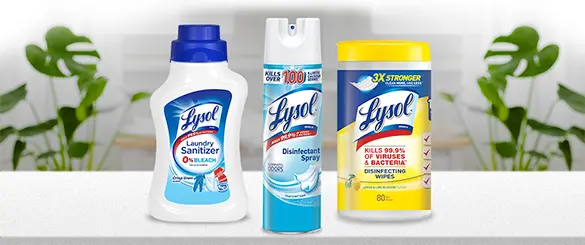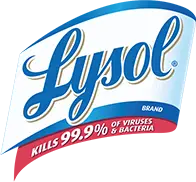To help keep students from spreading germs, focus on simple, yet effective measures that limit the spread of germs. In the classroom, make sure students routinely wash their hands, cover their coughs and sneezes (with their arms rather than their hands), dispose of tissues and avoid sharing cups or utensils.
Handwashing is one of the best ways to prevent the spread of germs. While a quick rinse may suffice for removing paint, soap and water is a must when it comes to getting rid of germs. To effectively wash away germs, teach your students to use soap and to scrub in between fingers, under nails and on both sides of their hands for at least 20 seconds
Focus classroom handwashing routines on the key times that your students’ hands are most likely to spread germs. This includes after going to the bathroom, blowing noses, coughing or sneezing, playing outside, touching used tissues, touching a class pet, touching garbage, and before eating or handling food. Consider having your students wash their hands more frequently during cold and flu season.






